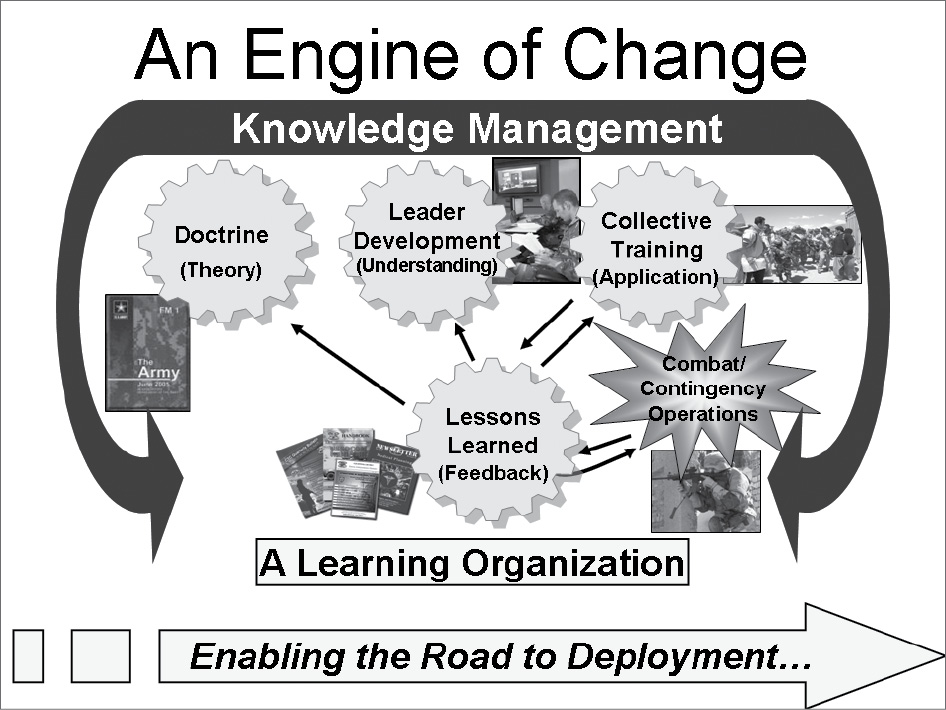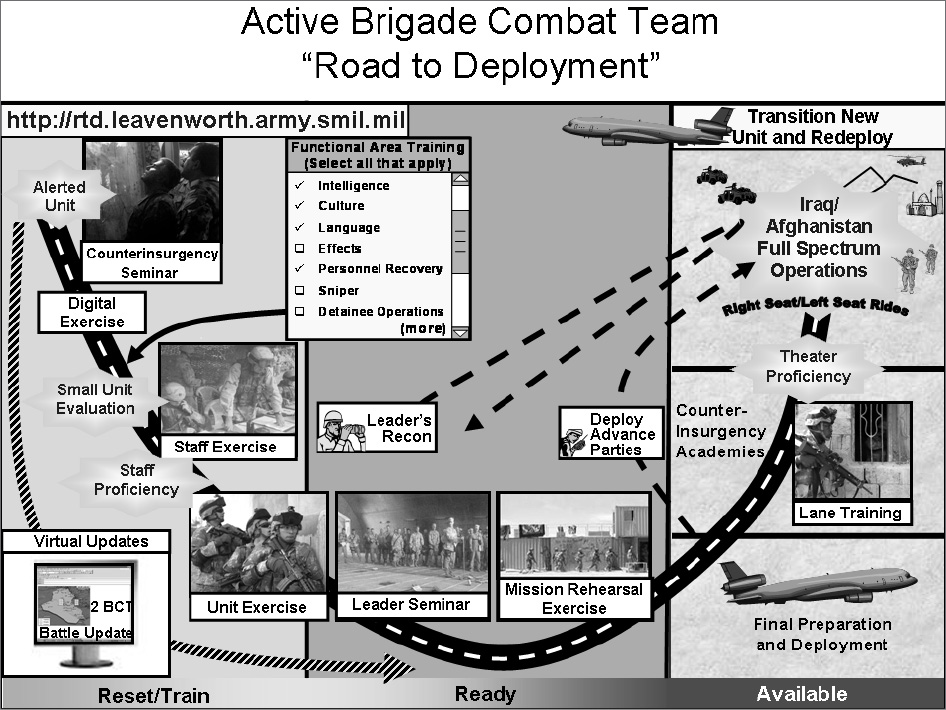All In (50 page)
Authors: Paula Broadwell

APPENDIX A:
COUNTERINSURGENCY GUIDANCE LETTER




APPENDIX B:
COMISAF'S COIN CONTRACTING GUIDANCE


APPENDIX C:
ANACONDA STRATEGY

APPENDIX D:
ENGINE OF CHANGE


NOTES
The core of this book comes from interviews and interviewees' responses to my inquiries via e-mail, many of which were provided on background, others on the record. The interviews were conducted over the course of 2008â2011, though the majority were conducted in the past fifteen months in Afghanistan. Information was supplied by more than 150 individuals and hundreds of hours of interviews, totaling approximately 700 interviews over three years (including multiple interviews with some sources). Many military officials provided insights, as did senior and well-placed military, civilian and diplomatic officials. I also attended General Petraeus's congressional testimonies and participated in his oral history interviews at the National Defense University prior to his retirement from the U.S. Army. Additional information was derived from personal notes, letters and e-mails exchanged with or among various individuals referenced in the book. I also participated in meetings at ISAF and with Afghan officials at the MOD and MOI, and I embedded with various units in the field; in all these locations I was able to view (limited) unclassified reports, cables, calendars, transcripts and various PowerPoint briefings. On occasion, a source indicated that information was off the record, in which case I could use the information if I found it in an open source. I have vetted, with the oversight of senior DOD officials, the information in this manuscript to ensure there are no violations of operational security.
EPIGRAPH
CHAPTER 1: GROUND TRUTH
He'd already been deployed over five and a half years:
General David H. Petraeus, interview by Jennifer Griffin, Fox News, August 25, 2010.
“I've had a certain affinity for leaders”:
General David H. Petraeus, e-mail message to author, April 19, 2011.
the largest combat loss in a single day:
Bradley Graham, “Ambush at Takur Ghar,”
Washington Post,
May 24â25, 2002. (Graham wrote a powerful two-part series on the Battle of Takur Ghar.)
“Every tiny piece of terrain”:
Major Fernando M. Lujan, e-mail message to author, August 4, 2010.
In fact, when McChrystal had arrived in Afghanistan:
General Stanley A. McChrystal, interview by author, November 19, 2010, Arlington, Virginia; Lieutenant General David M. Rodriguez, interview by author, Kabul, Afghanistan, April 15, 2011.
It wasn't until May 2010 that troop strength:
Anthony H. Cordesman, “The Afghan WarâPart One: Shaping the Campaign,” Center for Strategic and International Studies, September 8, 2010.
Before his demise at the hands of
Rolling Stone:
Michael Hastings, “The Runaway General,”
Rolling Stone
, June 25, 2010.
“It's not accurate to say Marjah's a failure”:
Richard C. Holbrooke, interview by Fareed Zakaria, CNN, July 25, 2010.
The stronghold of the Taliban:
Brett Van Ess, “The Fight for Marjah: Recent Counterinsurgency Operations in Southern Afghanistan,”
Small Wars Journal
, September 30, 2010.
“Top 10 insights/recommendations welcome”:
General David H. Petraeus, e-mail message to Douglas Ollivant, June 24, 2010.
“We're putting it all on the line”:
General Petraeus's e-mail is quoted both in Linda Robinson's book
Tell Me How This Ends
(New York: Public Affairs, 2008), on page 123, and in David Cloud and Greg Jaffe's book
The Fourth Star: Four Generals and the Epic Struggle for the Future of the U.S. Army
(New York: Three Rivers Press, 2009).
CHAPTER 2: RESULTS, BOY
“the best combat leader I have ever known”:
Greg Jaffee, “U.S. Is Losing a Savvy Leader in Afghan War Efforts,”
Washington Post,
April 19, 2011.
a clicking chorus of . . . laptops:
General David H. Petraeus, interview by author,
Kabul, Afghanistan, April 12, 2011.
“But in the long run”:
Martha Schiff, “Two Friends from Cornwall Join the Long Grey Line,”
The Cornwall Local
, December 19, 1973.
When he arrived in Afghanistan:
General David H. Petraeus, interview by author, Kabul, Afghanistan, October 3, 2011.
It did not go particularly well:
General David H. Petraeus, interview by author, Kabul, Afghanistan, October 3, 2011.
“point of decision” was typically where the fighting was heaviest:
General David H. Petraeus, interview by author, Washington, D.C., April 3, 2009.
Churchill's observation:
General David H. Petraeus, interview by author, Kabul, Afghanistan, September 29, 2010.
a “lick 'em tomorrow” day:
General David H. Petraeus, e-mail message to author, July 20, 2010.
Karzai's government . . . approved creation of the local police:
General David H. Petraeus, e-mail message to author, July 14, 2010.
The number of bombs dropped in Iraq:
Noah Shachtman, “Does Petraeus Mean a Return of Afghanistan Air War?”
Danger Room
blog, Wired.com, June 23, 2010, www.wired.com/dangerroom/2010/06/does-petraeus-mean-a-return-to-all-out-war.
“
sometimes
the best weapons don't shoot”:
Ibid.
CHAPTER 3: TRUE BELIEVERS
Rumsfeld imposed a “force cap”:
Thomas E. Ricks,
Fiasco
(New York: Penguin Group, 2009), p. 41.
“a perfect storm of political upheaval”:
Seth G. Jones,
In the Graveyard of Empires
(New York: W. W. Norton, 2009), p. xxiii.
These imperatives and others neatly distilled:
Former Army vice chief of staff General Jack Keane makes this point in
The U.S. Army and U.S. Marine Corps Counterinsurgency Field Manual
(Chicago: University of Chicago Press, 2007), p. xiv.
favorably reviewed:
Samantha Power, “Our War on Terror,”
The New York Times Book Review,
July 29, 2007.
Nagl . . . wrote in a foreword:
The U.S. Army and U.S. Marine Corps Counterinsurgency Field Manual
, p. xv.
Petraeus's counterinsurgency guidance bore some parallels:
Colonel Daniel Roper, director of the Army and Marine Corps Counterinsurgency Center, made this point in a note on the center's Web site, at http://usacac.army.mil/cac2/coin.
“Lawrence of Afghanistan”:
Ann Scott Tyson, “Can This Officer Win the War?”
Washington Post,
January 17, 2010.
“a paper written by Special Forces major Jim Gant”:
Major Jim Gant,
One Tribe at a Time: A Strategy for Success in Afghanistan
(Los Angeles: Nine Sisters Imports, 2009), available at
http://agora.stevenpressfield.com/2009/10/one-tribe-at-a-time-4-the-full-document-at-last.
Petraeus thought Krepinevich's book:
In September 2005, Krepinevich wrote an article that argued for a classic COIN campaign approach in Iraq. Andrew F. Krepinevich, “How to Win in Iraq,”
Foreign Affairs
, September/October 2005.
the story broke that Karzai had fired:
Dexter Filkins and Alissa J. Rubin, “Graft-Fighting Prosecutor Dismissed in Afghanistan,”
New York Times,
August 29, 2010.
Petraeus thought improvement was possible:
Colonel William B. Hickman (Executive Office to General Petraeus), e-mail message to author, November 17, 2010.
A report released that October found . . . $55.7 billion:
See the October report of the Special Inspector General for Afghanistan Reconstruction (SIGAR) to Congress, October 30, 2010, www.sigar.mil/oct2010Report.asp.
Watan . . . “had been funneling large sums”:
“U.S. Blacklists Afghan Security Firm Tied to Karzai,” Associated Press, December 9, 2010.
Lawrence's “Twenty-Seven Articles”:
A guide T. E. Lawrence wrote for British officers in the
Arab Bulletin,
August, 20, 1917.
CHAPTER 4: SCREAMING EAGLES
Taliban movement was established in . . . Sangsar:
David S. Cloud, “Troops Launch Afghan Assault,”
Los Angeles Times,
September 15, 2010.
“There will be time to re-train”:
Lieutenant Colonel David S. Flynn, e-mail message to author, November 12, 2010.
“You dudes need to think about my guys”:
Brian Mockenhaupt, “The Last Patrol,”
The Atlantic
, November 2010.
Flynn's artillery unit “weren't prepared physically”:
Dion Nissenbaum, “U.S. Soldiers' Mission Shows Afghan War's Uncertainties,” McClatchy Newspapers, August 13, 2010.
“I knew we could prepare our men to be better than the Taliban”:
Lieutenant Colonel David S. Flynn, e-mail message to David Mockenhaupt, August 19, 2010.
“We all have three, four or five deployments”:
Lieutenant Colonel David S. Flynn, comment on “A Reporter to WatchâBrian Mockenhaupt: The Last Patrol,”
Blackfive
blog, blackfive.net, comment posted on October 16, 2010.
“Medic!” he heard someone shout:
Captain Andrew Shaffer, e-mail message to author, March 25, 2011.
Pittman was conscious but unresponsive:
U.S. Army,
Official
Investigation into the Deaths of Sergeant Stout, Specialist Stansbery, and Mr. Pittman,
September 9, 2010 (statement of Lieutenant Colonel David S. Flynn, Commander, 1st Battalion, 320th Field Artillery Regiment, 101st Airborne Division).
A profile in
Harper's
:
Matthieu Aikins, “The Master of Spin Boldak: Undercover with Afghanistan's Drug-Trafficking Border Police,”
Harper's
, December 2009.
a London tabloid:
Richard Pendlebury and Jamie Wiseman, “Dicing Death in the Devil's Playground,”
Daily Mail,
October 26, 2010.
“Until recently, Ghazni . . . was considered reasonably safe”:
Nir Rosen, “How We Lost the War We Won,”
Rolling Stone,
October 29, 2008.
Their fighting force was thought to number around four hundred:
C. J. Chivers, “In Eastern Afghanistan, at War with the Taliban's Shadowy Rule,”
At War
blog, NYTimes.com, February 7, 2011, www.nytimes.com/2011/02/07/world/asia/07taliban.html?pagewanted=all.
“What do you expect after years of our presence here?”:
Lieutenant Colonel David G. Fivecoat, interview by author, Kandahar, Afghanistan, October 1, 2010.
six “lines of effort”:
Lieutenant Colonel David G. Fivecoat and Captain Aaron T. Schwengler, “Revisiting Modern Warfare Counterinsurgency in the Mada'in Qada,”
Military Review,
Nov./Dec. 2008.
“The December assessment will be bad”:
Lieutenant Colonel David G. Fivecoat, e-mail message to author, July 28, 2010.
“Petraeus, in his relentlessly positive way”:
Lieutenant Colonel David G. Fivecoat, interview by author, Kandahar, Afghanistan, October 1, 2010.
Petraeus had nearly bled to death:
General Jack Keane, interview by author, Kabul, Afghanistan, November 12, 2010.
The division had six dozen Apache gunships:
Rick Atkinson,
In the Company of Soldiers
(New York: Henry Holt and Company, 2004), p. 14.
“The challenges from the sanctuaries”:
General David H. Petraeus, e-mail message to author, July 30, 2010.
“We had multiple indicators”:
Matiullah Mati, “Dozens of Bodies Found After Clash at Afghan Military Base,” CNN.com, October 31, 2010.
Around Margah, there were four:
Department of Defense, Pentagon briefing, Federal News Service,
November 2, 2010.
“wonderful American”:
General David H. Petraeus, e-mail message to author, December 4, 2010.
CHAPTER 5: ANACONDA
An officer . . . fired off an e-mail:
Major John P. Gallagher, e-mail message to author, September 22, 2010.
White House draft had merely said “disrupt”:
Bob Woodward,
Obama's Wars
(New York: Simon & Schuster, 2010), 145.
McChrystal . . . had not planned on asking for more troops:
General Stanley McChrystal, interview by author, Arlington, Virginia, November 19, 2010.
“There was the real work”:
General David H. Petraeus, interview by author, Kabul, Afghanistan, October 4, 2010.